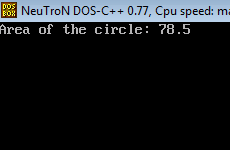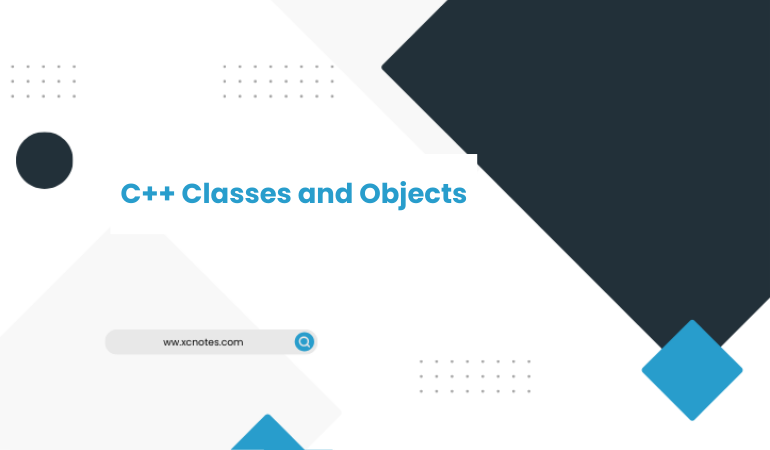In C++, classes and objects are fundamental concepts(foundation of OOP) that support object-oriented programming (OOP). Here’s a brief overview of classes and objects in C++:
Classes:
In C++, a class is a user-defined data type that allows you to encapsulate data members and member functions into a single unit. Classes are the building blocks of object-oriented programming (OOP) and provide a way to model real-world entities and their behavior.
A class is a user-defined data type in C++ that represents a blueprint for creating objects. It encapsulates data members (variables) and member functions (methods) that operate on those data members. The general syntax for a class definition is as follows:
class ClassName {
public:
// Data members (attributes)
dataType member1;
dataType member2;
// Member functions (methods)
returnType method1(parameters);
returnType method2(parameters);
// …
};
public: Access specifier that defines the visibility of the members. Members declared as “public” (access specifier)can be accessed from outside the class.
Data Members:
Data members are variables declared within the class. They represent the attributes or properties of the class. Data members can have different data types.
A data members is a variable declared inside a class in C++.
Example:class abc->rollno,name can be data members.
Member Functions:
Member functions are functions declared within the class. They define the behavior or actions associated with the class. Member functions can manipulate the data members and perform various operations.
Member function is a function that is declared inside a class in C++ and is used to define the behaviour(operations)of an object.
Example: void fun1()
Data members=variables->store data
Member function=methods->operate on that data
Objects:
An object(abc ob1(ob1 is the object of class abc)) is an instance of a class, created based on the class blueprint. Objects represent real-world entities and can have their own unique data and behavior. To create an object, you use the class name followed by an object name and optional parentheses:
Here’s the syntax:
ClassName objectName; // Object creation
Example:
Here’s a simple example of a C++ class and object:
#include <iostream.h>
#include<conio.h>
// Define the class
class Circle {
public:
// Data members
double radius;
// Member function to calculate area
double calculateArea() {
return 3.14 * radius * radius;
}
};
void main() {
// Create an object of the Circle class
Circle myCircle;
// Set the radius of the circle
myCircle.radius = 5.0;
// Calculate and display the area
cout << “Area of the circle: ” << myCircle.calculateArea() << endl;
getch();
}

In this example, the Circle class has a data member radius and a member function calculateArea(). An object myCircle is created, and its radius is set to 5.0. The area of the circle is then calculated and displayed.
Key Points:
- Class->Blueprint
- Object->Instance of a class
- Data Members->Variables inside class
- Member Functions->Functions inside class
- Access Specifiers->public,private,protected.

